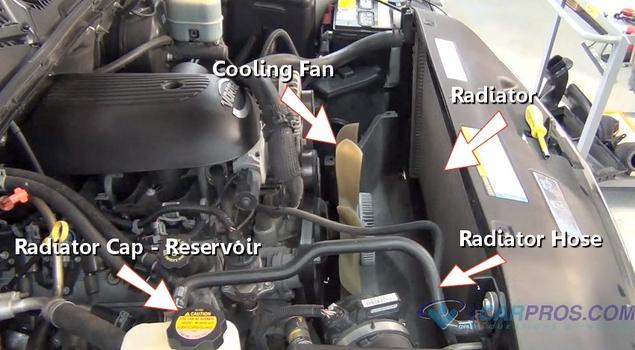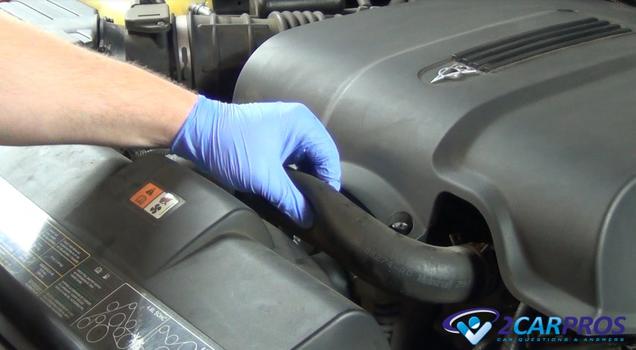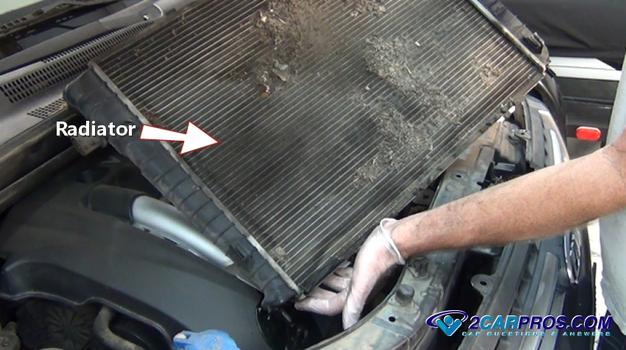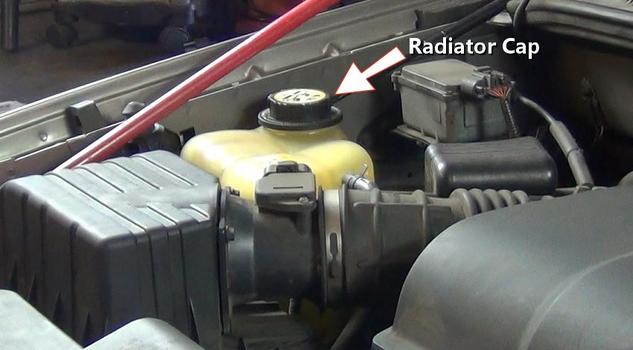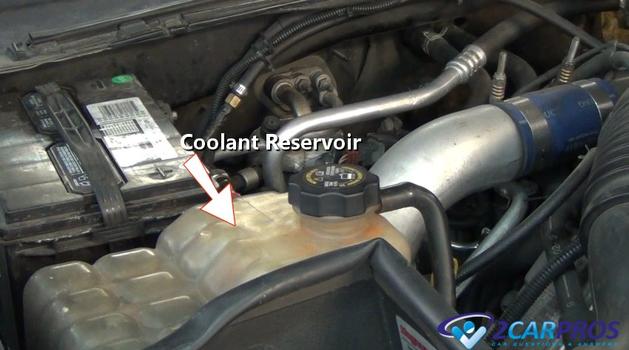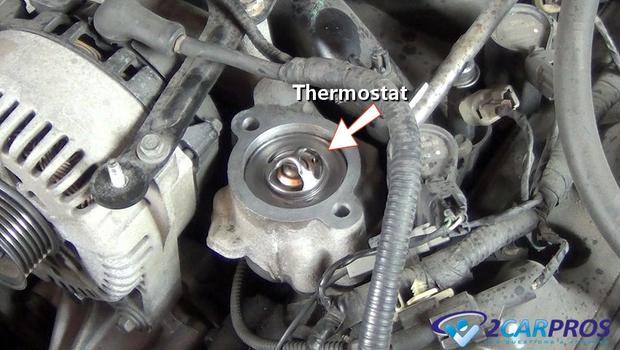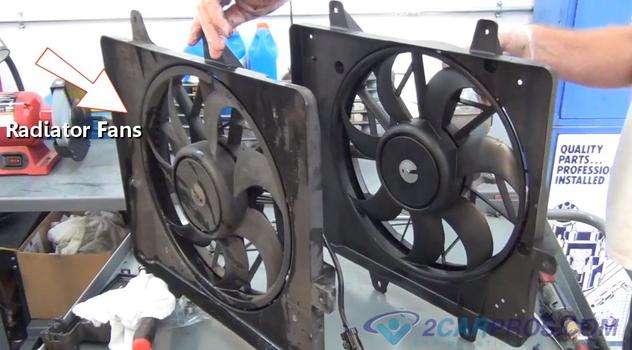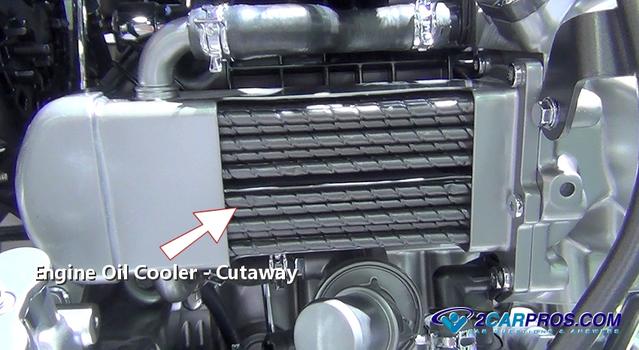Introduction
A cooling system is needed to help maintain the engine's operating temperature without overheating. This system uses coolant to help transfer the heat of the engine to the radiator where it is dissipated and then re-circulated back into the engine via the water pump. Attached to the engine cooling system is the passenger compartment heater which provides heat to the cabin occupants. Each component of the cooling system is connected using coolant hoses and heater hoses. While the engine is cold the cooling system thermostat is used to block the flow of coolant until the engine has warmed up to operating temperature.
What Makes Up the Cooling System?
Most cars (including hybrids) will have the following components included in their engine cooling system.
1. Engine Coolant
Coolant or antifreeze (same thing) is used to transfer heat from the engine to the radiator and should be added to and serviced by flushing the coolant on a regular basis to help prevent corrosion and avoiding engine overheating.
2. Radiator Hoses
Coolant or radiator hoses are used to transfer coolant to each component and are held on by using hose clamps. These hoses are made individually for each application and are double-walled, nylon reinforced pre-molded units capable of withstanding the engine temperature and vibration. Upper and lower radiator hoses are larger is size then heater and bypass hoses and carry a larger volume of coolant. To check the conditioner of the hose wait until the engine has cooled and squeeze the hose. If the hose is brittle or really soft the radiator hoses should be replaced.
3. Water Pump
A water or coolant pump is used to circulate the engine coolant throughout the system to help keep the engine cool while in operation. This pump can be driven by the engine's serpentine belt, timing belt, or timing chain. On hybrid cars and SUV's this pump can be driven by an electric motor inside of the pump itself. These pump's can fail due to age and leak or make a squeaking or grumbling sound in which case the water pump must be replaced.
4. Radiator
A radiator is used to remove heat from the engine coolant and transfer it to the outside atmosphere via the radiator cooling fins. When air is forced through these fins, either with the assistance of the cooling fan or the vehicles forward motion it lowers the temperature of the coolant which is then transferred back into the engine. In the example below the radiator fins are blocked with dirt and debris which will cause the engine to run hot. If a leak appears in the upper or lower plastic tank or the aluminum core the radiator must be replaced.
5. Radiator Cap
A radiator cap is designed to hold pressure on the cooling system which will increase the boiling point of the engine coolant. This spring loaded cap has an upper and lower seal and can be located on either the coolant reservoir or the radiator tank.
6. Coolant Reservoir
The coolant reservoir is used as a fluid expansion tank to hold extra coolant as well as the coolant that is pushed out of the cooling system once the engine heats up. Once the engine has cooled down the extra fluid will be sucked back into the radiator to prevent any air bubble from entering the system.
7. Engine Thermostat
The engine thermostat is temperature sensitive device which is designed to open and allow the coolant to flow into the radiator when the engine is at operating temperature which is about 195°F or 90°C. This device is located in the thermostat housing of the engine which can be either located at the upper or lower radiator hose connection. A common failure of the thermostat is to stick closed causing the engine to boil over within about 10 minutes of driving. Also, the thermostat can hang open causing the engine to run cold which will affect the computer and heater operation, in either case the thermostat must be replaced.
8. Radiator Fans
The radiator cooling fan can be either electronic or manually driven using a serpentine belt. A manually driven cooling fan use a clutch fan and will lock up when the engine gets hot which will cause a roaring sound when the engine is accelerated. These fans are located behind the radiator and pull air through the cooling fins to reduce the temperature of the engine coolant. Some applications will use an electric motor that will drive the cooling fan which can be found mostly in front wheel drive cars.
9. Heater Core
Connected to the cooling system using heater hoses The heater core is located inside of the HVAC system and is technically not part of the cooling system. Heat from the engine coolant is used to provide warm air to the car's occupants and is used during the defrost mode, the heater core provides a slight amount of cooling action as well.
10. Oil Cooler
An engine oil cooler is designed to reduce the heat of the engine by way of the engine oil. The engine oil is run through the cooler which is submerged in coolant. Not all cars have these coolers which will vary in size and location. Because of the design of this particular cooler when they fail it will allow oil to enter the cooling system as well as coolant to enter the engine oil.
Conclusion
In extreme heat conditions or heavy engine loads, additional systems like auxiliary electric water pumps or secondary radiators may activate to provide enhanced cooling.
- Regularly check coolant levels and top off if necessary.
- Inspect hoses and connections for leaks or cracks.
- Flush the cooling system and replace coolant according to the manufacturer’s recommendations.
- Ensure the radiator and cooling fans are clean and free of debris.
- Test the thermostat and replace it if it shows signs of wear.
Credits
This guide knowledge base was created by the 2CarPros Team, and by Ken Lavacot: Automobile repair shop owner and certified master automobile technician of over 30 years. If you have question or need help please ask one of our experts we are happy to help. Please visit our 2CarPros YouTube Channel.
